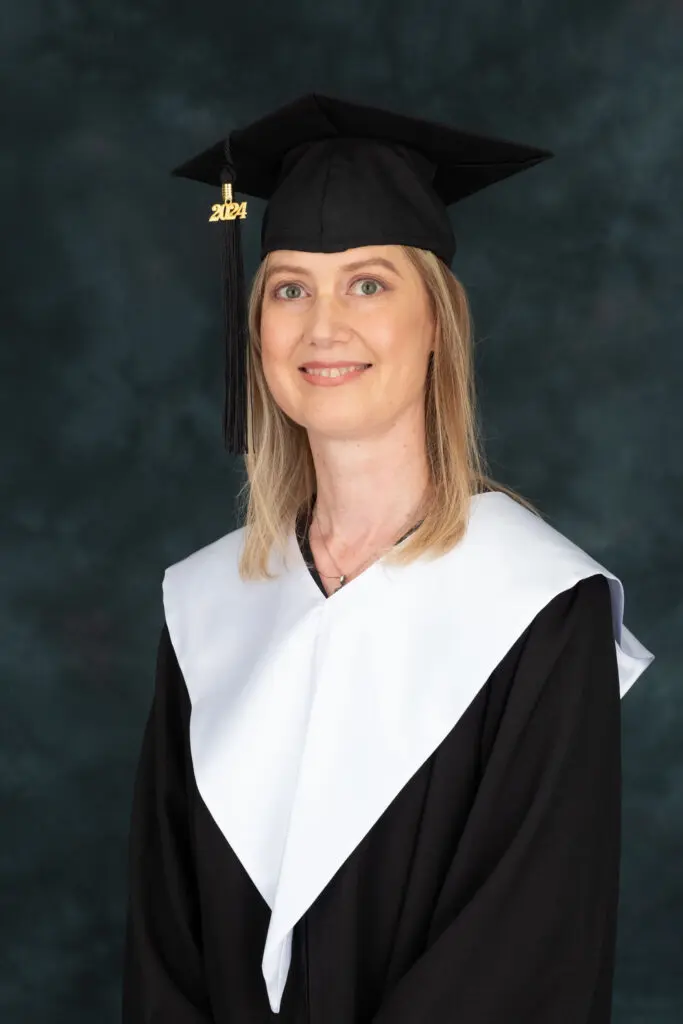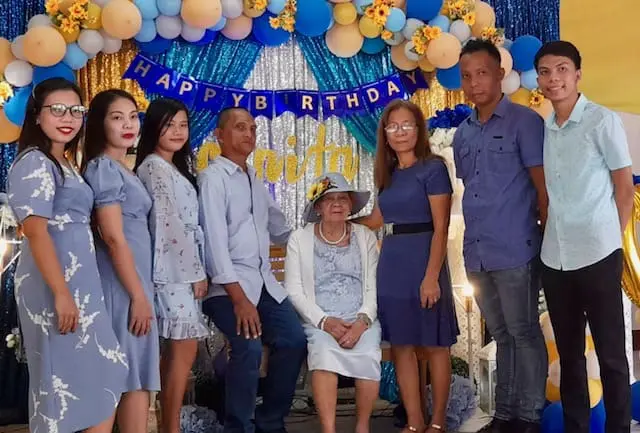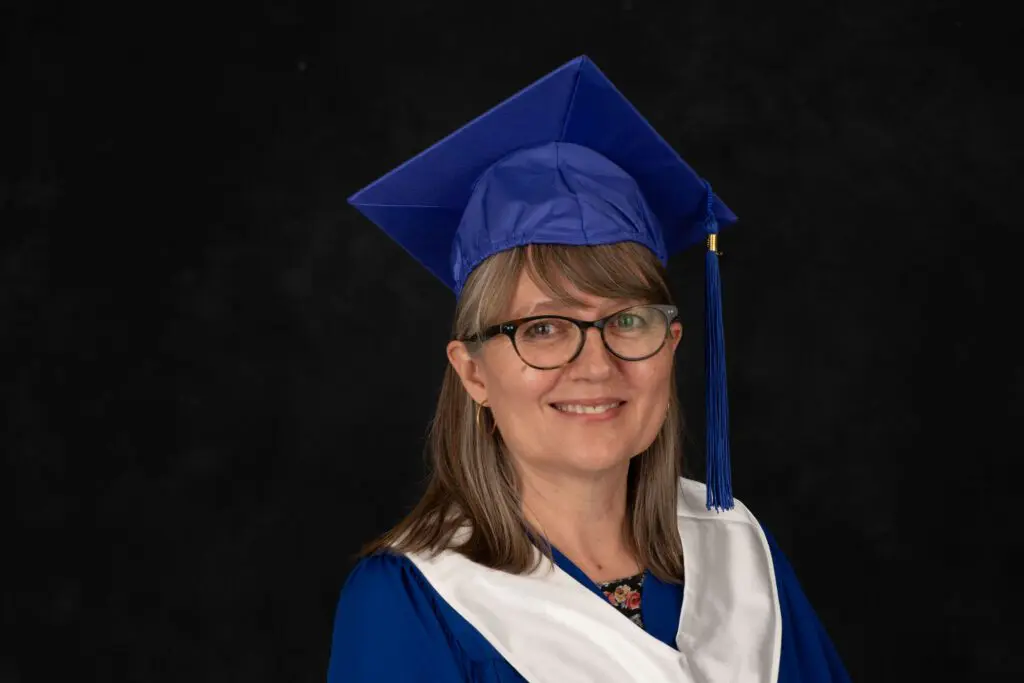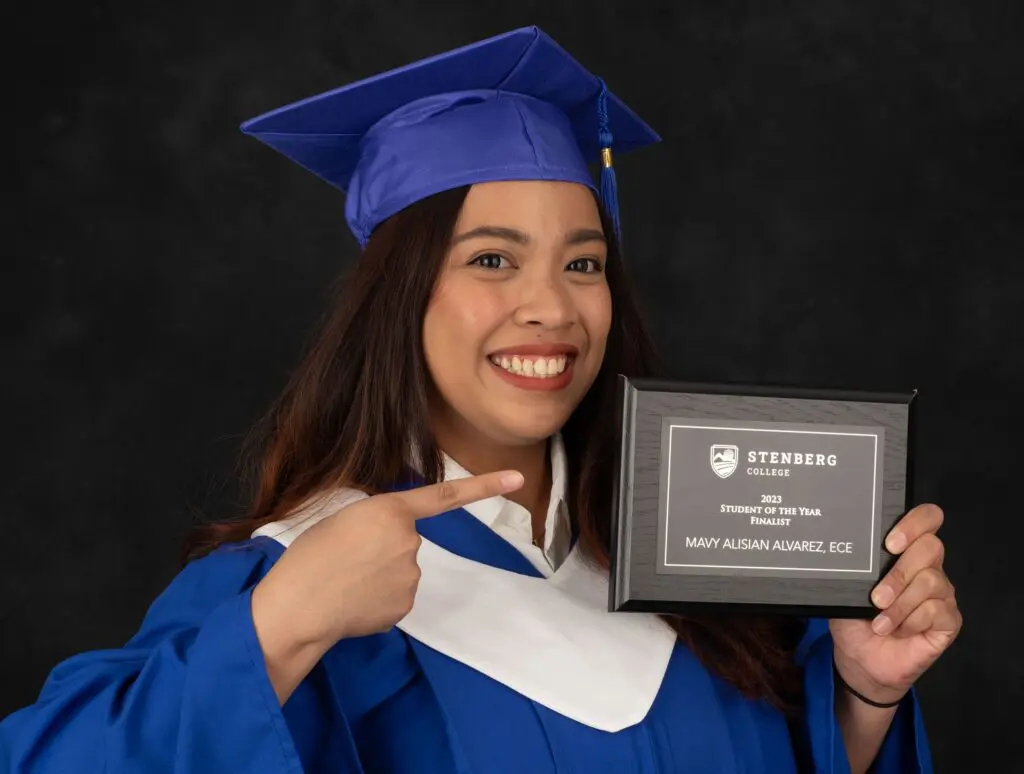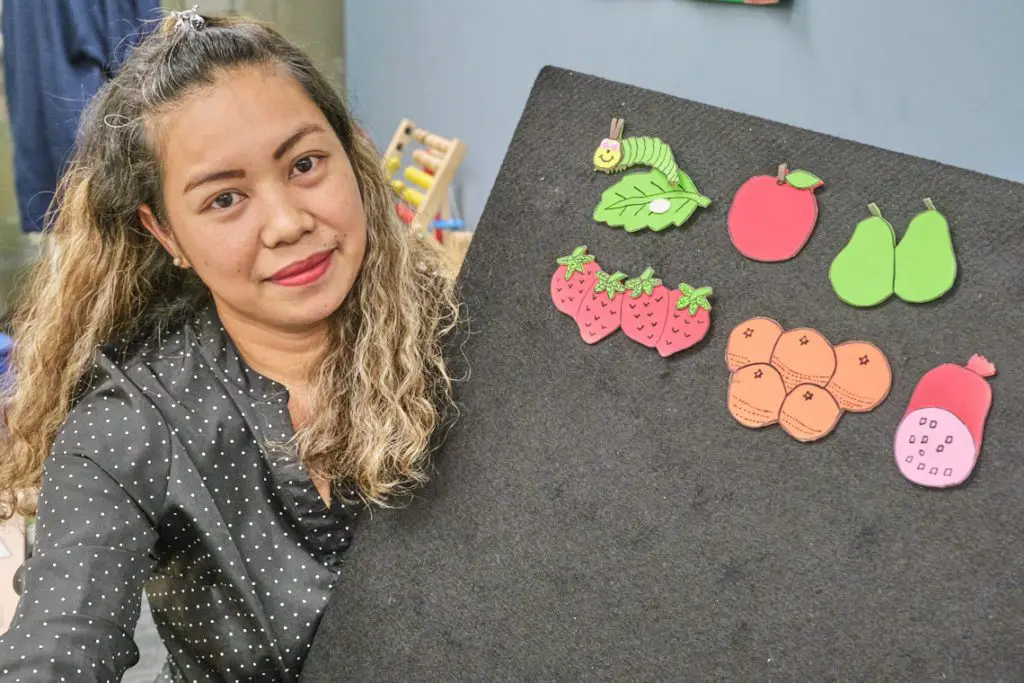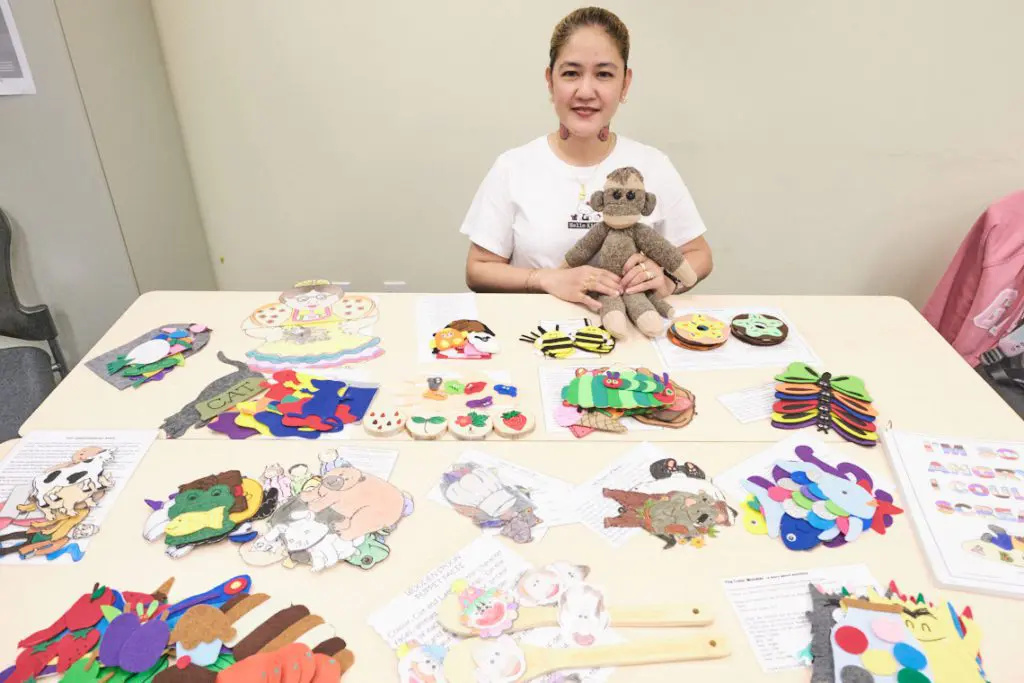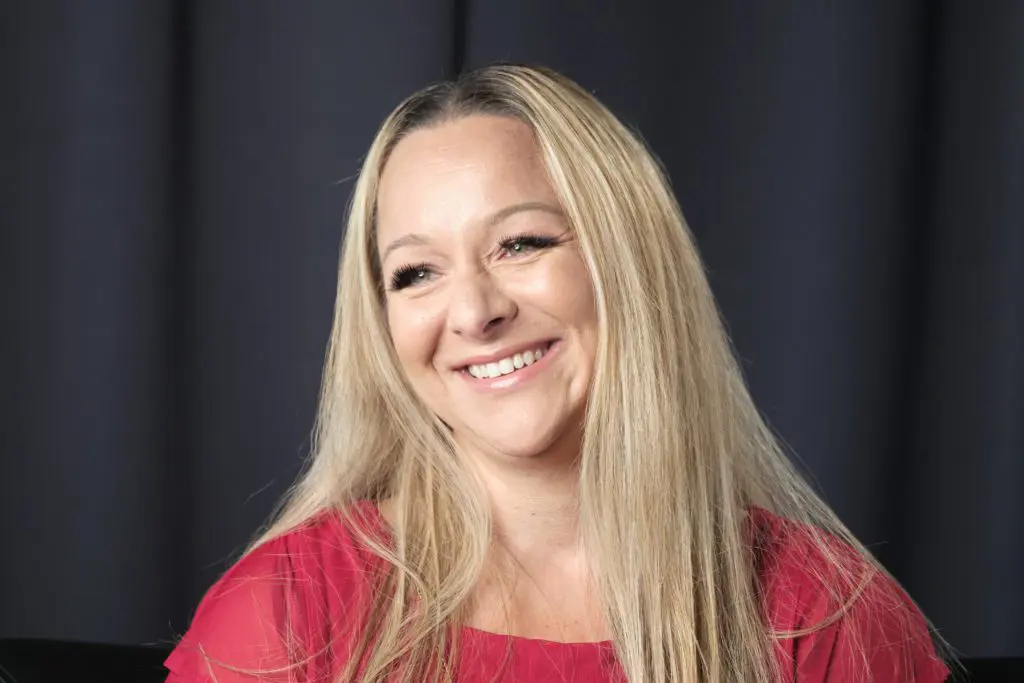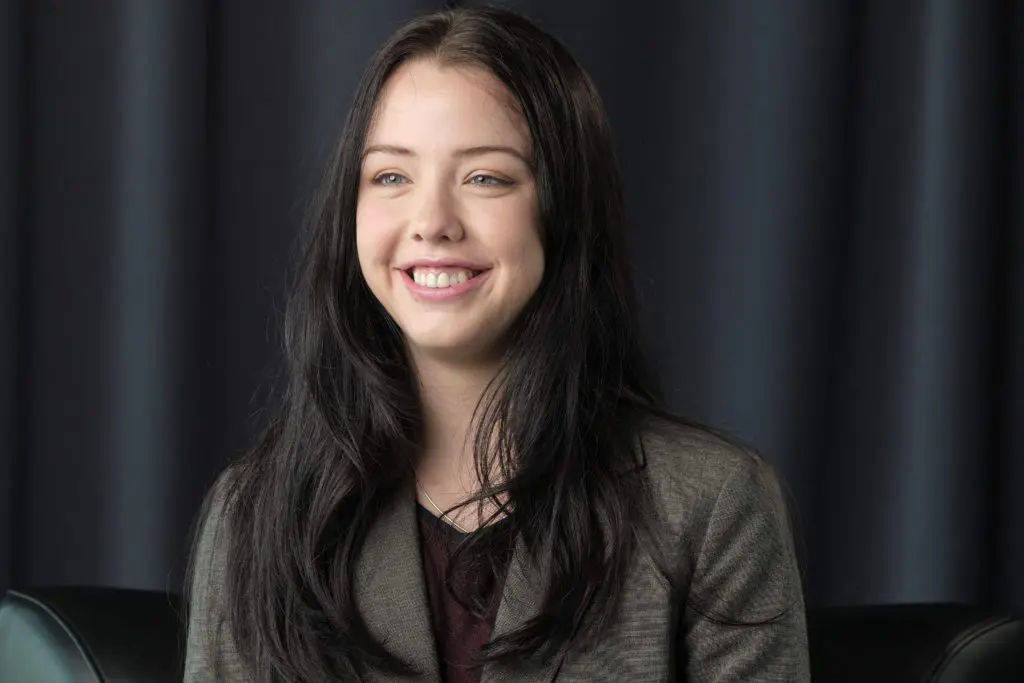If you’re pursuing Early Childhood Education training, you might already know that before you start working in a preschool (or anywhere else), it’s important to think about inclusion. Likewise, if you’re enrolled in Education Assistant training and plan to work with children after earning your diploma, inclusion is a subject that will come up often as you consider ways to connect with and inspire diverse learners.
What does it mean to be Inclusive?
An inclusive learning environment is adaptive to, and respectful of children with physical and cognitive disabilities, and of students with various cultural backgrounds. Each one is given opportunities to learn, participate and grow. Through modeling and differentiated teaching methods, inclusive teachers also help their students see the value of fair and equal communities where no one is excluded or left behind.
Here are three fundamentals to keep in mind when aiming to create your own inclusive Early Childhood Setting.
Understand the Challenges Your Students Face
Some young children face physical and/or cognitive challenges that can result in learning delays or difficulties. In order to help them overcome adversity and learn along with the rest of the class, an Early Childhood Educator should seek to understand the nature of each students’ particular challenge.
Here are a few common cognitive and learning disabilities:
- Attention Deficit Hyperactivity Disorder (ADHD): This disorder makes it difficult for a child to stay focused on a particular task, sit still and pay attention. Some common symptoms are fidgeting, interrupting others and difficulty following instructions.
- Dyslexia: This is a possibly inherited language-based disability that affects a child’s capacity to read, spell and write. It impairs phonological processing and single world decoding ability – the ability to recognize letters, associate them with a sound, hold the sounds in sequence, blend them together to recognize the word, and find the definition through memory.
- Genetic Disabilities: Down’s Syndrome, Autism and other genetic disabilities affect different children in different ways. Some may be high functioning while others will need more substantial educational interventions.
- Physical Disabilities: Children affected by physical disabilities will face a range of challenges, including visual and auditory impairment, muscular dystrophy and lost limbs.
Think in Terms of Inclusion
Inclusion begins with providing an educational environment in which all children feel welcome, and are supported in their unique ways of learning. Educators will need to develop several different ways of explaining key concepts, and adapt instructional materials to suit the various needs of their students. There is rarely a “one-size-fits-all” solution in inclusive teaching. Also, it’s important to consider the physical layout of the classroom. Can students in wheelchairs reach materials and move about the space with ease? Is there enough room for a student with ADHD to get up and move around, if needed?
Use Available Technology
Fortunately, there are many technological tools developed specifically to help educators assist children with exceptional needs. These include:
- Reading Guides: Helps children with visual tracking and staying focused on a particular part of a page.
- Inflatable Seat Cushions: These provide children with sensory processing and attention difficulty with enough movement and stimulation to maintain their focus without having to walk around the room.
- Text-to-Speech Software: This tool reads along with a child who has a reading disability. It can say anything that is on a child’s screen out loud.
What techniques would you use to create an inclusive learning environment for young children? Please let us know in the comments.

